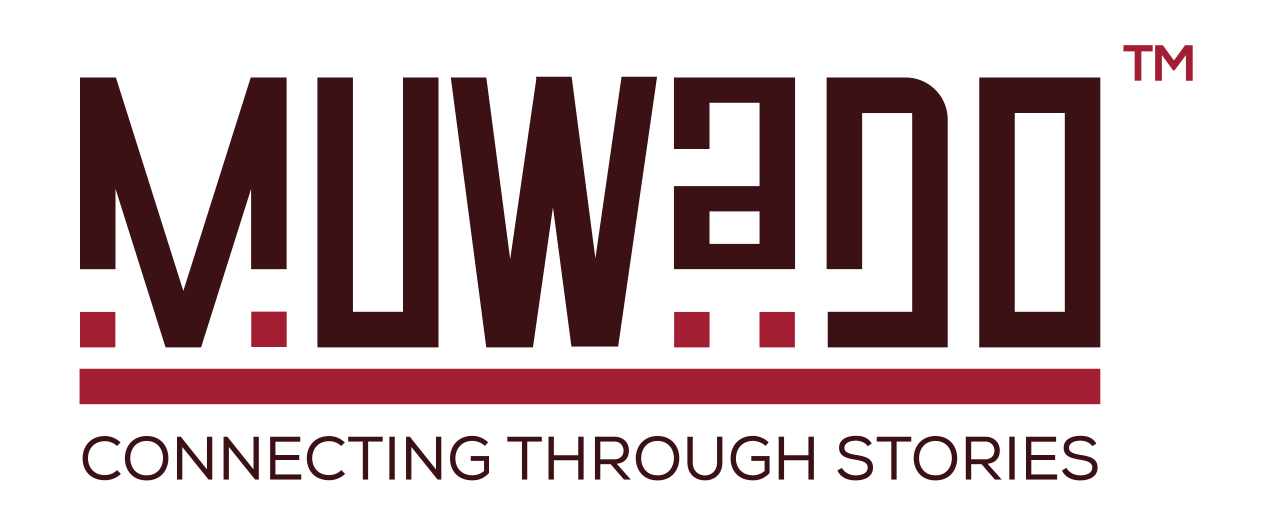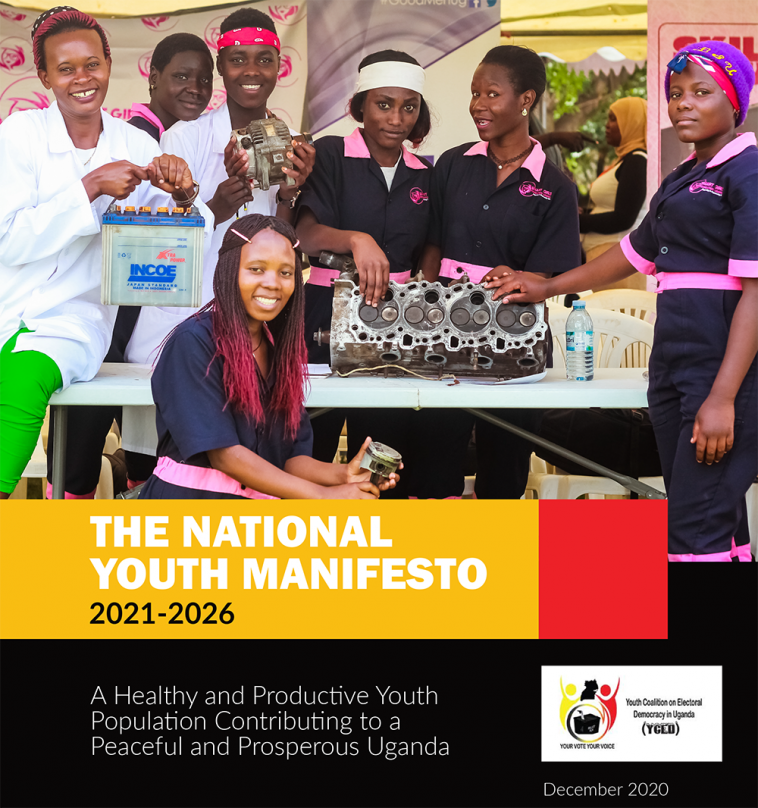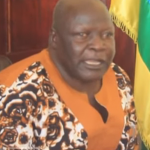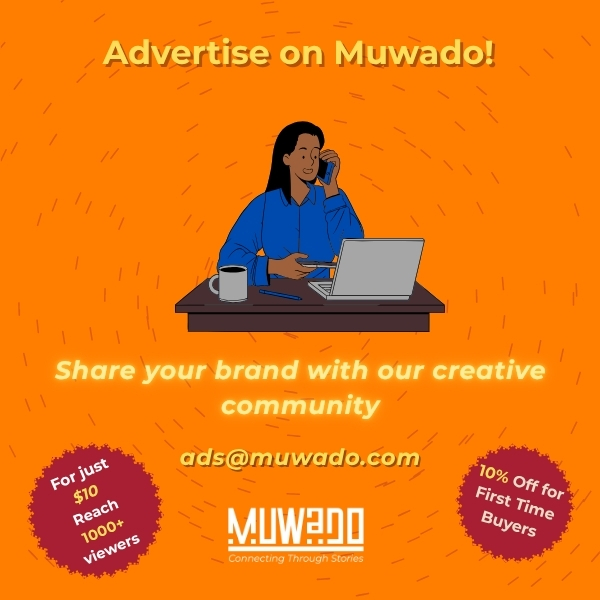The age of our nation is obvious. We are a young nation. That come with both massive opportunity for growth and innovation but due to how youth are perceived in many African contexts, it brings too, marginalisation.
The National Youth Manifesto 2021 – 2026 (Click to download) which was released by the members of the Youth Coalition for Electoral Democracy addresses this in a unique form, not just another conference but a living document that embodies the hopes and ambitions of our 12 million youth. A process that was completed in spite of the COVID-19 related hindrances.
The introductions does dive a little into which youth were sampled, however it does not adequately tell us who these youth surveyed are, age, distribution and what key questions or asks they responded to.
Preamble
Like all documents the National Youth Manifesto sets out a list of what I call affirmations and and commitments. I find some of the language problematic like for example commitments number 4 states, “…desist from acts of violence, hooliganism, and lawlessness” language that has very recently been used as a moniker to victimise and exclude youth either involved in opposition politics or who hold positions that the current government does not like.
Violence and civil disobedience have long been tools used by youth across the continent as a tool to agitate for change and pursue policies that benefit them. To lock them down into not using some of these avenues reeks of partisanship and regime appeasement in a document claiming to fight for the rights of the youth.
Item number 8 refers to meaningful and acceptable activities. Perhaps clearer language or definition of the what ‘meaningful’ and ‘acceptable’ activities are is needed. In a fluid and progressive environment, who decides on what those activities are. This is a potential sticking point and area for abuse.
Youth Employment/ Creative and arts
The recognition of the arts and creative industry in the document is a major positive. It legitimises a lot of activities that were seen as menial, unskilled and careers that only those who had failed did.
There is a growing segment of the youth ingaged in art, music, dance, maker spaces and more that now have a voice and who have a chance to demonstrate the potential of this sector to be a major job creator.
The term creative arts however should be adjusted to Creative and Arts sectors. While similar, the arts refer to specific and more traditional norms while the term creative can broadly be used to describe the process of creating from pieces of writing to spoken word to DIY and recycled hand made products.
The introduction of this section should consider a spectrum broader than cultural significance and while the industry is yet to experience its full potential it would be remise to term it an “economic failure”.
Because it’s a relatively new, the creative industry does suffer from lack of regulation, enforcement, and expensive inputs. Perhaps a reduction in tariffs or some sort of incentive would be a great boon for the industry among the litany of suggestions listed.
Recommendation 1.11 under this section speaks to enforcement of Intellectual property rights and rules is just one way to allow youth retain ownership and thus the money that comes from it but can it be amended to include avenues for litigation by the creative themselves.
Youth Participation in Decision Making
While parliamentary representation is part of the equation of youth representation, we need to diversify the avenues for this representation. We must seek also to diversify the idea or practice of representation.
Furthermore, I believe the restrictive prices of the nomination costs are not a hindrance but a check against having just anyone become a legislator. However perhaps there should be a clearer path trajectory for any youth with aspiration for politics not just deep pockets.
This would allow not just the wealthy and connected to pack the seats.
Educations and Sports
Technology is the future and the future in in technology. It affects everything from our social interactions to how we receive health care even. Indeed we must seek to find the right balance as we encourage STEM as well as other traditional subjects. However our current education and business environment makes the sourcing of free technology difficult and past lessons should be learnt from such schemes.
Perhaps a hire purchase scheme in which standardised laptops can be bul purchased by the school or institute and the price bakes into fees and tuition over the course of the year or length of the course being offered.
To further support this and ensure quality across the board, a list of minimum standard requirements for such technologies should be passed and enforced as best as possible providing external redress for student in the event that sub-standard tech is provided.
Alternatively a scheme can be worked on that allows students to source laptops from a list of a pre-approved vendors who might have prices capped based of other business incentives e.g. tax waivers etc.
Recommendation 3.4 on sports addressed the need for physical exercise and sports as an integral part of the youth’s growth but also provides an alternative career growth path with many of Uganda’s athletes going professional.
I believe that most of our colonial and several post-colonial schools had this in their plans making room for sports fields and other extracurricular activities. However the seemingly lawless rises of the private school sector, a lot of these needs were shelved with schools occupying very cramped plots and as such priority was given to classrooms and other such considerations.
I believe regulation or recommendations should be put in place tied to one acquiring a license to run a school
Climate action and Youth friendly Cities
Missing from the recommendations for youth friendly cities is inclusive design for persons with disabilities or vulnerabilities.
Accessibility for those with mobility issues as well as other form of impairment. There are regulations around these issues but they are loosely enforced. A designed, accessible city is a youth friendly city.
Final thoughts.
The solutions on this report rely too heavily on governmental intervention and funding and historically this has not directly translated into change on the ground and with a poor track record for accountability and corruption a lot of funding is not properly used.
We need a creative approach to meeting some of these needs. Is there room for partnerships between individuals and organisations to meet these needs? Is there regulation that supports this and makes this possible?
Furthermore we need ways to make sure these recommendations become actionable pieces of legislation or procedure that bring a richer future for the youth of Uganda.
This post was created with our nice and easy submission form. Create your post!







